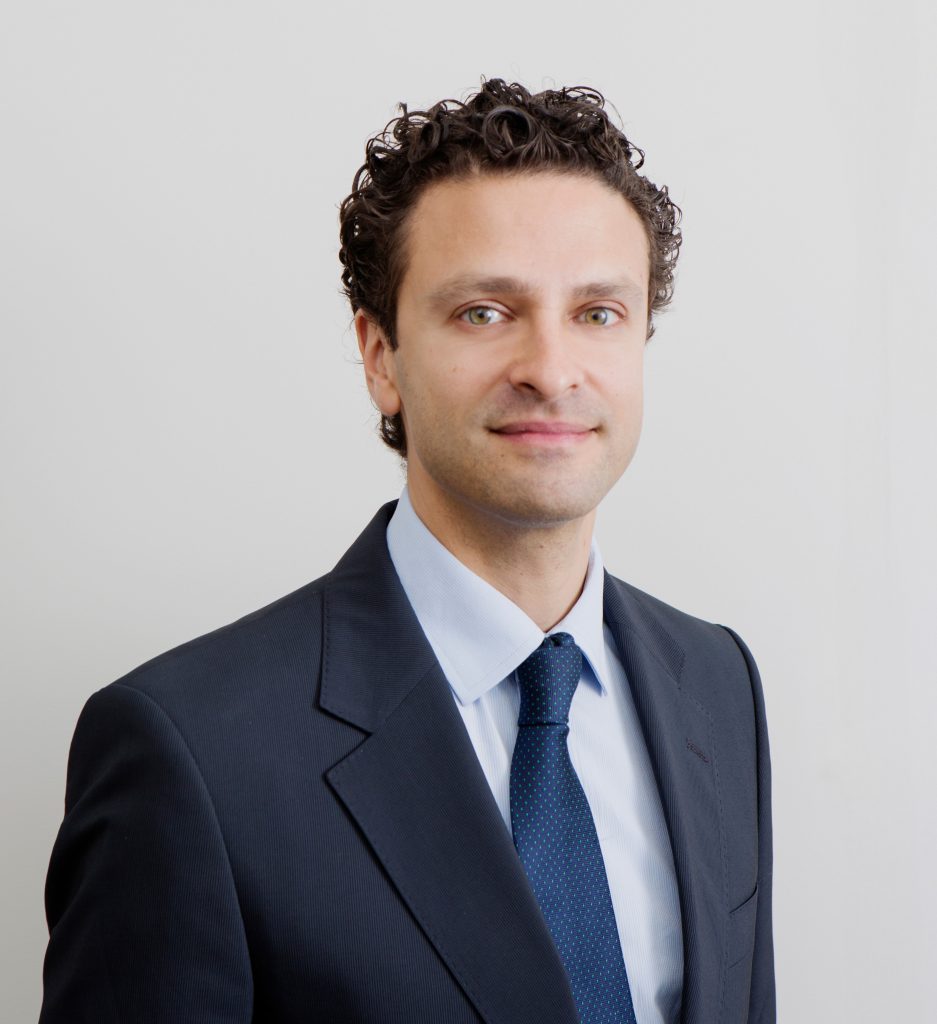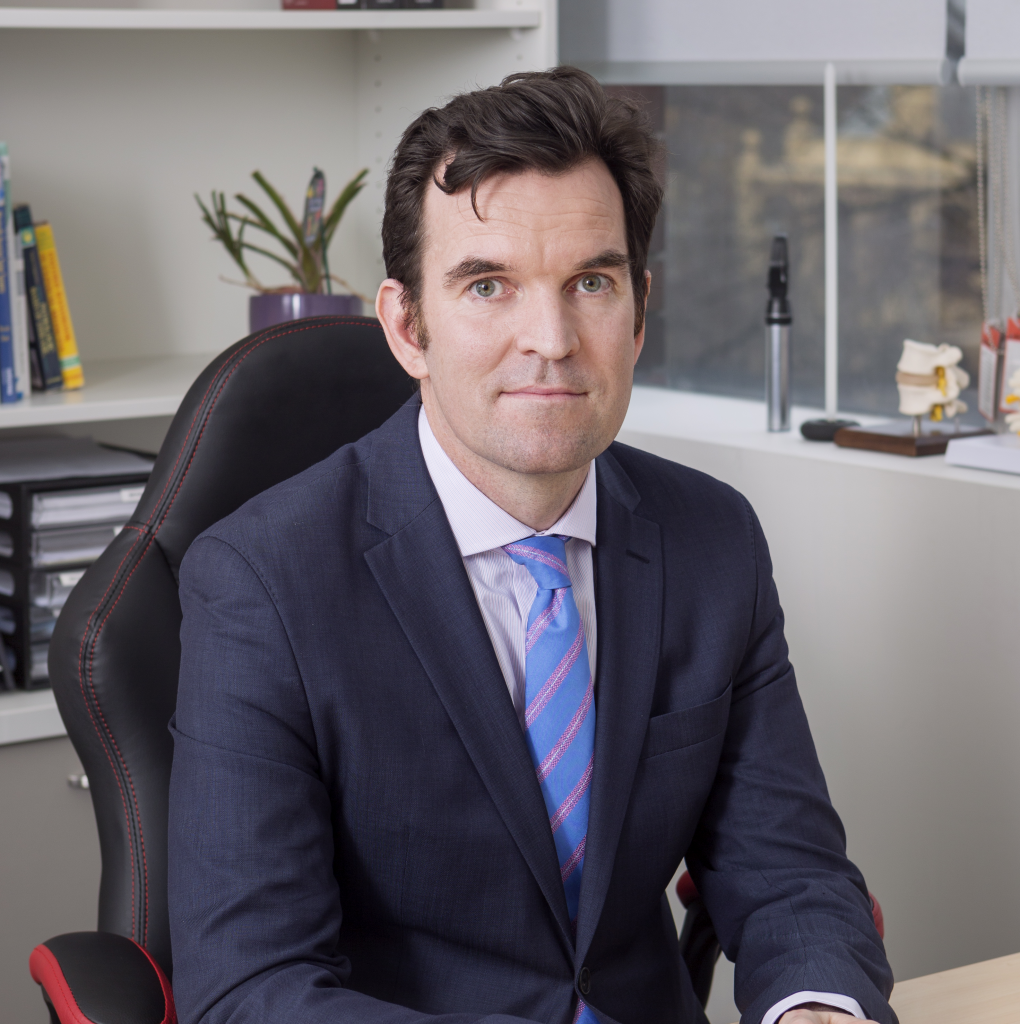
We are a highly experienced, mulidisciplinary team implanting and managing patients with deep brain stimulation, led by neurologist Wesley Thevathasan and neurosurgeon Kristian Bulluss.
Our patients benefit from the most technologically advanced techniques and our embedded research program.
We specialise in delivering deep brain stimulation to treat movement disorders including Parkinson’s disease, essential tremor and dystonia. The process for each patient includes i) assessing suitability to receive DBS, ii) surgery to implant the device, iii) postoperative management, including adjusting medication and programming stimulation, and iv) assessing outcomes. We look after our patients implanted with DBS over the long term.


DBS can directly improve movement including slowness, stiffness, tremor, walking difficulties and involuntary movement (dyskinesias). For most patients with Parkinson’s disease, tremor is not the major reason for having DBS. DBS can allow a substantial reduction of Parkinson’s medication.
DBS can substantially improve arm tremor (e.g. by over 80%) and, to a lesser extent, midline tremor such as voice and head tremor (e.g. by 50%). DBS can thereby improve function such as eating, drinking and writing. DBS can reduce or eliminate the need to take anti-tremor medication.
DBS can help generalised (whole body) or focal (e.g. torticollis) dystonia. Both abnormal movement and pain may improve. DBS can thereby improve function such as eating and driving and improve quality of life. DBS can reduce the need to take dystonia medication and botulinum toxin injections. The effect on dystonia is not immediate but accrues over months and years.
Developing Innovations
We implant deep brain stimulation in both adults and children, across public and private hospitals in Melbourne. We are world leaders in developing innovations to improve deep brain stimulation. For example, our research team has discovered and developed a novel brain signal called “ERNA”, to assist surgical navigation and programming. We routinely implant DBS with patients under general anaesthetic, guided by brain signals and a special CT scanner within the operating room.
Focused Ultrasound (MRgFUS)
MRI-guided focused ultrasound (MRgFUS) is a new treatment for tremor that is also being investigated for other neurological conditions
MRgFUS is an ‘incisionless’ procedure that is performed while the patient lies awake in an MRI scanner over a 3-4 hour period. The patient wears a special frame on the head, and ultrasound waves are ‘focused’ through the skull (without any cut to the skin or bone) into the thalamus in the brain (the same target used by deep brain stimulation for tremor).
For an opinion on suitability for DBS, you will need a referral from your GP or specialist.
Address referrals to: Neurologist A/Prof Wesley Thevathasan at Cabrini Hospital, Malvern.
Surgical Consulting and Movement Precinct,
Level 1, Cabrini Medical Centre,
183 Wattletree Rd, Malvern 3144
E: [email protected]
P: 9079 1880